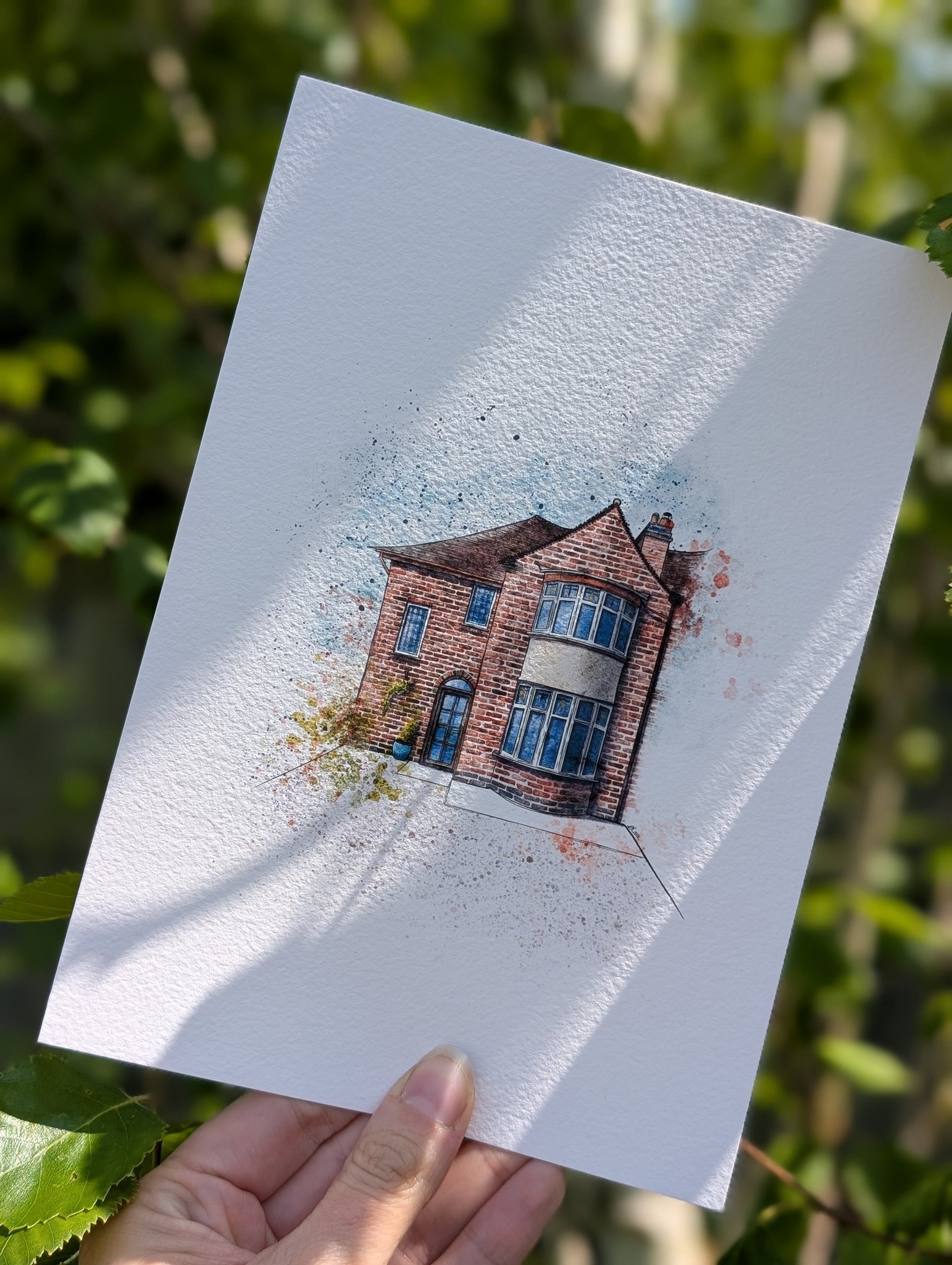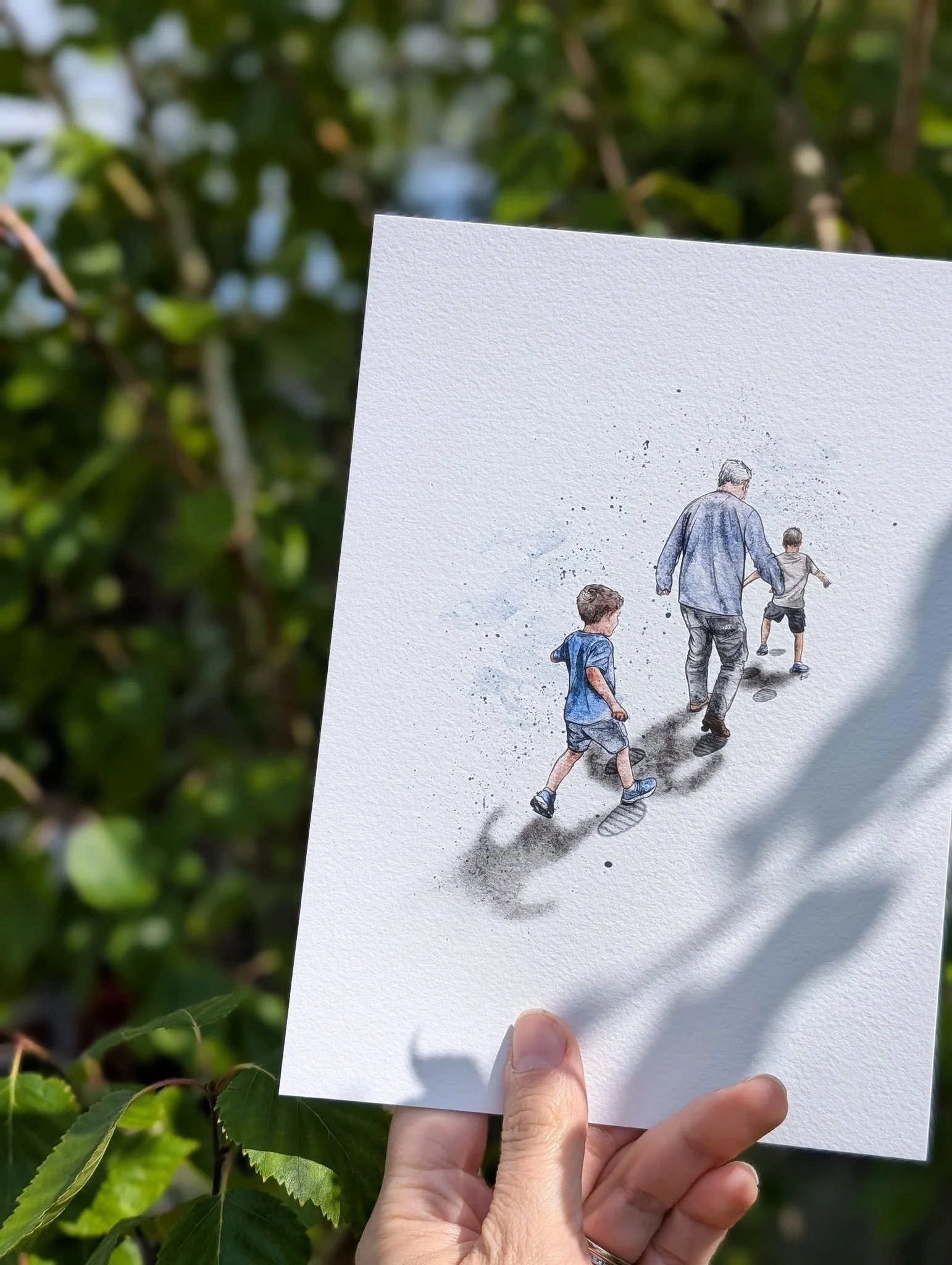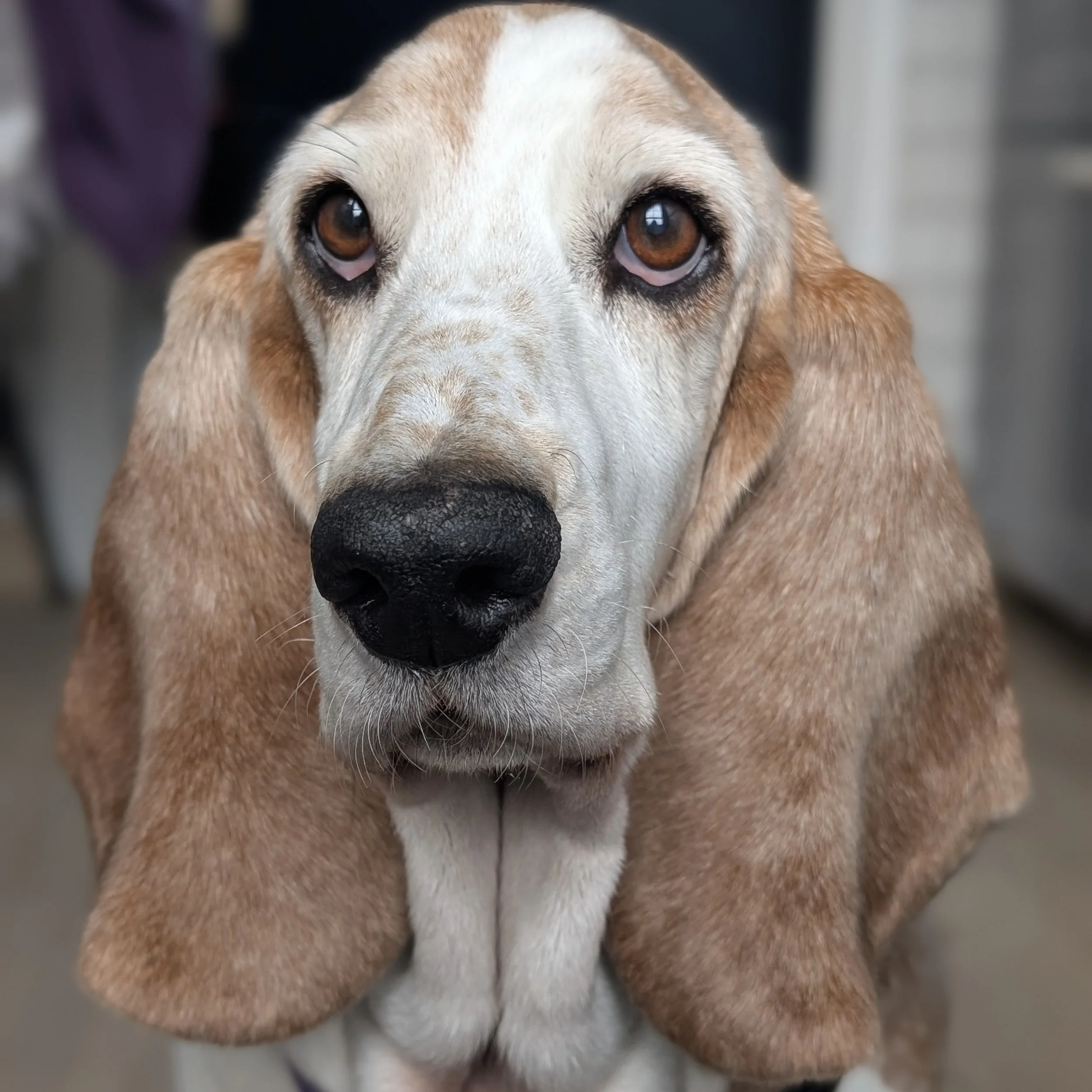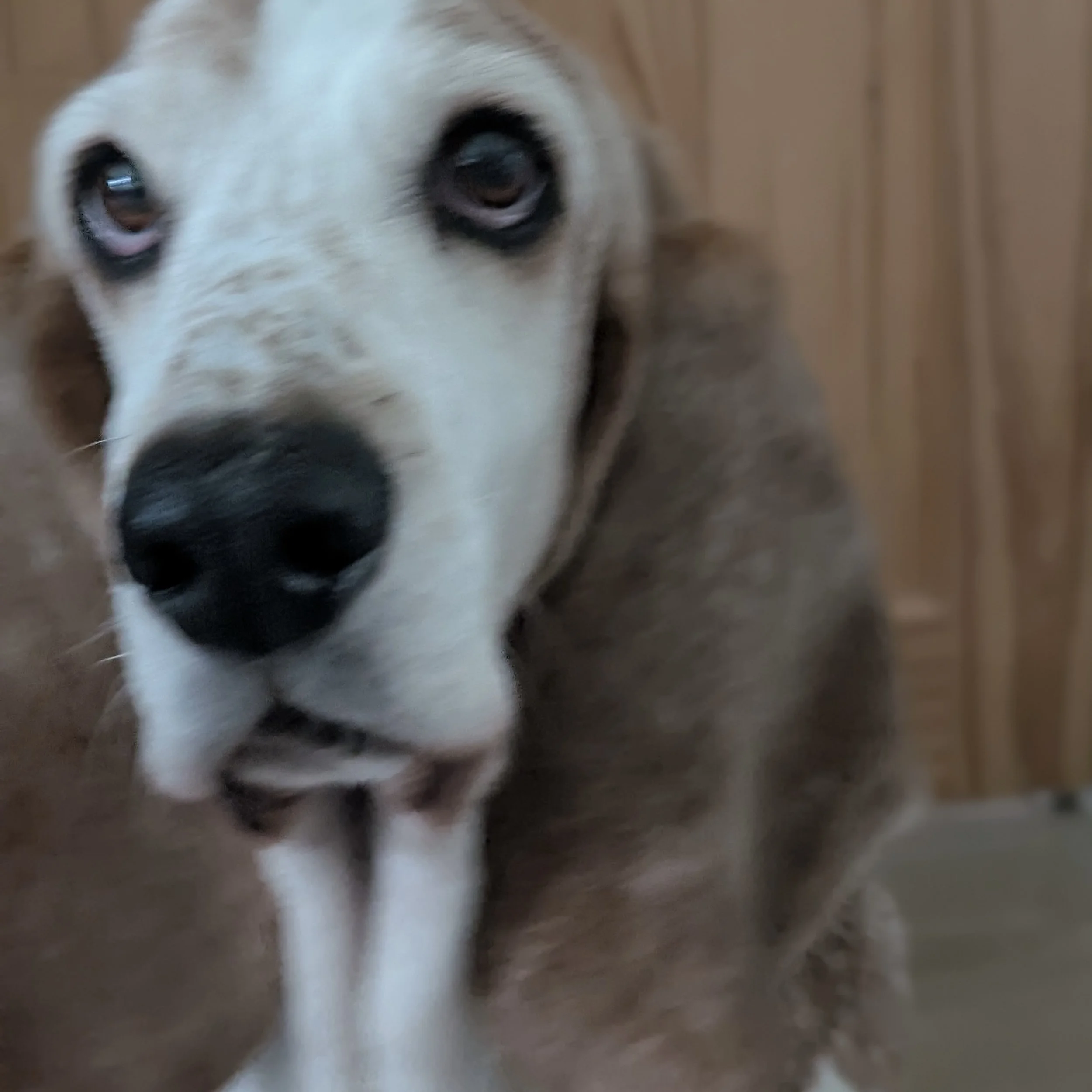
Good Reference Pictures and How to Achieve Them
The Quality of Your Reference Image Directly Impacts the Quality of the Final Artwork.
Reference Image Guide
Pet Portrait Reference Image Guide
Providing good quality, detailed reference images of your pet is the single most important step, as the clarity of the photo directly impacts the level of detail, accuracy and personality I can capture to truly reflect your beloved companion’s likeness. A sharp, well-lit reference image allows me to see the intricate details of fur, eyes and expressions, ensuring the final portrait is everything you dreamed it would be.
Top Tip:
Place a treat or ball near to your cameras lens and bend down so you are eye level with your pet.
Eye-level Focus:
Take a photo at the dog’s eye level, capturing a clear view of the face and neck to maximise personality and detail.
Ideal Images For a Perfect Portrait
Optimal Lighting:
Use natural light, ideally taken outdoors or your pet right next to and looking at a bright window, as this clearly shows their colouring, fur details (texture and fur direction) and facial expressions.
Sharp and Clear:
Ensure the image is in sharp focus in high resolution so I can zoom in and capture the fine details of the fur, whiskers and individual features.
The Sparkle Bonus:
Look or get a photograph where a light source (the sun or a bright window) creates a visible reflection or ‘sparkle’ in their eyes, as this adds extra depth and personality to the final portrait.
Blurry or Low Resolution:
Any photo that is blurry, pixelated or taken from too far away will hide crucial details like the direction and texture of your pets fur, the shin in their eyes and nose, forcing more guess work in the final portrait.
Images That Don’t Translate Well
Harsh or Poor Lighting:
Any photos taken in a dark room or using harsh camera flash often create shadows that look too deep that can obscure facial features or bright hotspots that wash out their fur colour.
Angles:
A photo taken from above the pet can distort features making the head look disproportionate and often hiding the chest leading to an unnatural looking final piece.
Cropped or Missing Features:
A picture where a part of their ear, or a part of their face or chest is missing in the frame means I will have to invent the missing section, which compromises the accuracy and likeness of the portrait.
Memory Portrait Reference Image Guide
Ensure the photograph provided is the back or side view of people and no front of faces. Often the most authentic moments are captured when people are unaware of the camera. A back view preserves this naturalness, free from forced smiles or poses.
Observe and Anticipate: Rather than setting up a ‘pretend’ shot, spend time simply watching your desired subjects during a genuine activity. These activities could be a family outing, carrying your baby out of the hospital for the first time, walking down the isle with your father, standing at the altar with your partner, or even simple every day activities like reading, walking the dog, playing on the floor with the Grandchildren. Above all, look for a moment where they are completely engrossed in the activity and have the camera ready! This means the memory is natural and they will always remember what they were doing and the joy they felt rather than a forced moment.
Maintain Sharp Focus: Even though the shot is unposed, a good reference photo needs to be clear. Ensure that the moment is sharply in focus and that there is adequate lighting to show the texture and clothing folds which will add more depth to your portrait.
House Portrait Reference Image Guide
The quality and detail of your reference images directly determine the accuracy and richness of the final portrait.
Multiple Angles (A, B and C see below): If possible take one picture from the straight on view (B), one slightly to the left (A) and one slightly to the right (C) to provide me with more of the detail and shape of the home.
Optimal Lighting: Take the picture on a bright when the sun isn’t facing the camera as this can steal the details. However sunlight can create some beautiful shadows on your house when the sun is pointing at the building.
Clear and High Resolution: Ensure the main photo is high-resolution, sharp and in focus so I can clearly see all the architectural details.
Unobstructed view: Ensure nothing is blocking the house (e.g. cars, bins etc).
Detailed Close-ups: If specific details are hard to see in the main picture, please feel free to take close up pictures and send these over too.























